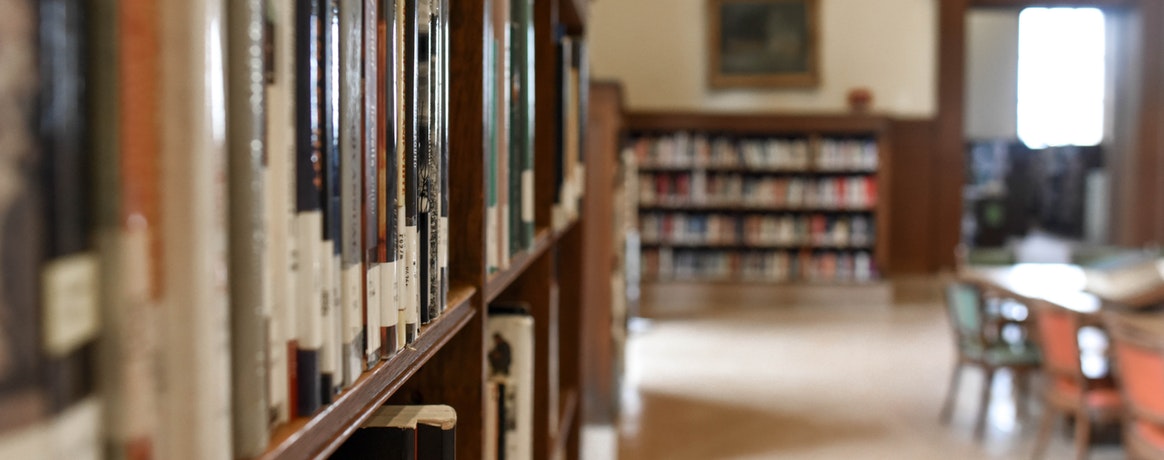REFLECTIVE READING JOURNAL IN TEACHING WRITING

, Cooper & Kiger (2003) propose that for the effective implementation of reflective reading journal, the teacher should take the several stages into consideration. They are: 1) the teacher should explain the idea of journal writing to students; 2) the teacher writes a journal entry in the classroom in order to show students how this process is done; 3)With students, the teacher sets how frequently they should write in their journals and how often they should turn in their journals so that he or she can read and comment on them; 4) students should be free to write on any topic that interests them; 5) during the initial stages of journal writing, teachers should set some group processing sessions in order to evaluate how the process is going and discuss the strengths and weaknesses of journal writing.
Based on the description above, it can be implied that in the procedure in writing reflective reading journal is in line with the suggestion of Harmer (2004) that it is useful to provide the students opportunity to express their feelings and opinion freely. Additionally, Grabe & Caplan (1996) claim that the free-writing approach aims at developing students’ ability to express themselves and generate ideas without worrying too much about errors which are considered natural. Thus, freewriting can help students to overcome the sense of block since most students feel overwhelmed when they are required to write on a certain topic (Alwasilah, 2005).
Berlangganan di Blog CLS IKIP Siliwangi
Arsip
- July 2022 (1)
- April 2022 (1)
- March 2022 (3)
- February 2022 (1)
- January 2022 (44)
- December 2021 (1)
- August 2021 (68)
- July 2021 (140)